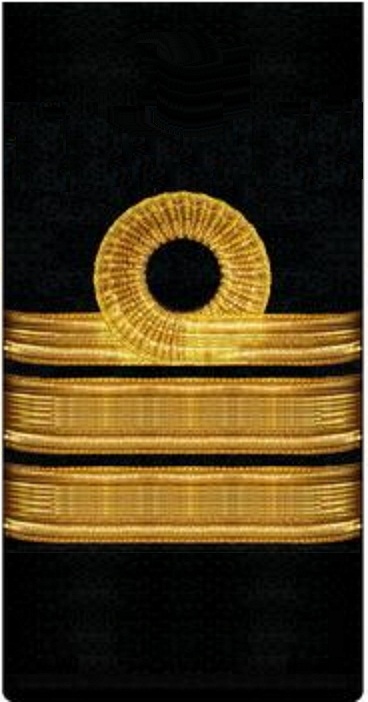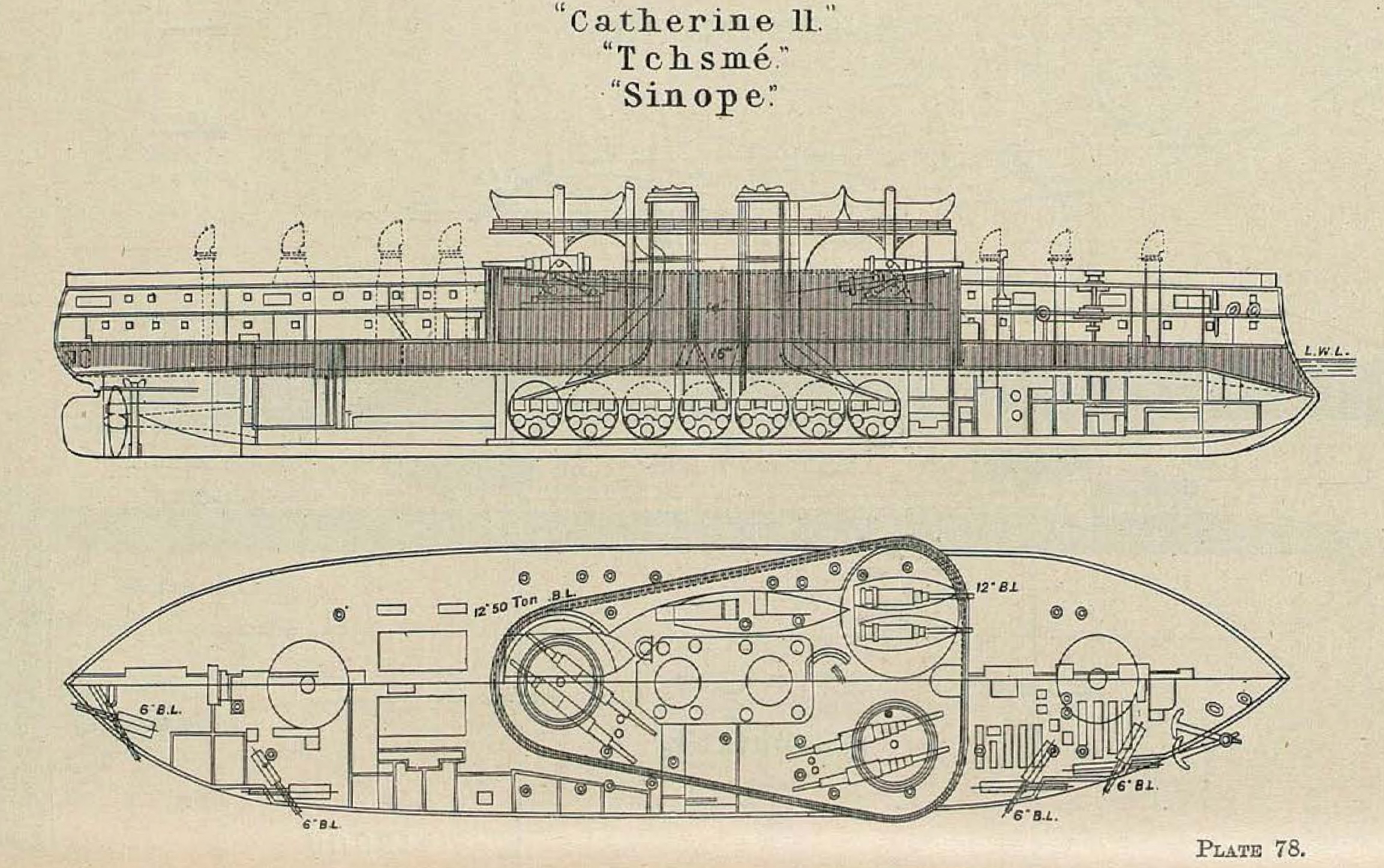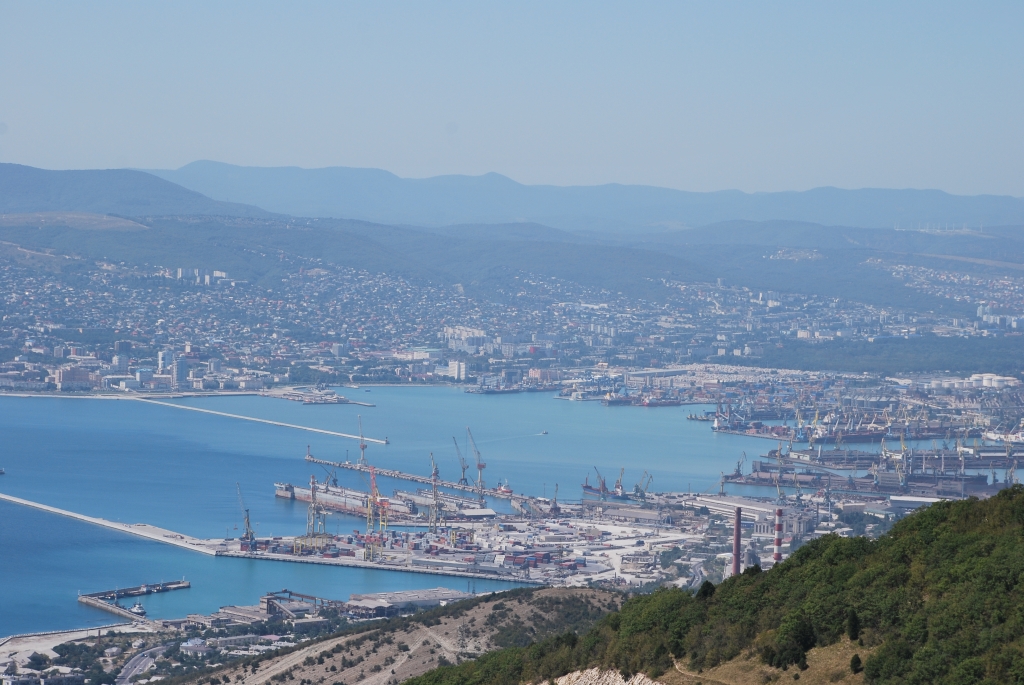|
Vladimir Miklukha
Vladimir Nikolaevich Miklukha was a Russo-Ukrainian Captain 1st Rank and war hero of the Russo-Japanese War. He was known for commanding the ''Admiral Ushakov'' during the Battle of Tsushima and chose to go down with the ship. Origin and Surname In all documents, Vladimir Nikolaevich had the surname "Miklukha". In the service records, award documents, lifetime reference books (for example, "All Petersburg"), his surname is "Miklukha". Even on a memorial plaque in the Church of Christ the Savior (Temple-Memorial to those killed in the Battle of Tsushima), he was known as "Miklukha". The surname "Miklukho-Maklay" began to be attributed to him after his death, by analogy with his older brother, Nicholas Miklouho-Maclay, whose second part of the surname appeared after traveling to Australia. His ancestors were of the Ukrainian nobility hailing from the Chernigov Governorate. Regarding its origin, Miklouho-Maclay, the elder brother of Vladimir Nikolaevich, made notes on the margins ... [...More Info...] [...Related Items...] OR: [Wikipedia] [Google] [Baidu] |
Chernigov Governorate
The Chernigov Governorate (russian: Черниговская губерния; translit.: ''Chernigovskaya guberniya''; ), also known as the Government of Chernigov, was a guberniya in the historical Left-bank Ukraine region of the Russian Empire, which was officially created in 1802 from the Malorossiya Governorate with an administrative centre of Chernihiv. The Little Russian Governorate was transformed into the General Government of Little Russia and consisted of Chernigov Governorate, Poltava Governorate, and later Kharkov Governorate. Chernigov Governorate borders are roughly consistent with the modern Chernihiv Oblast, but also included a large section of Sumy Oblast and smaller sections of the Kyiv Oblast of Ukraine, in addition to most of the Bryansk Oblast, Russia. Administrative division The governorate consisted of 15 uyezds (their administrative centres in brackets): * Borznyansky Uyezd (Borzna) * Glukhovsky Uyezd ( Glukhov/Hlukhiv) * Gorodnyansky Uyezd ( Goro ... [...More Info...] [...Related Items...] OR: [Wikipedia] [Google] [Baidu] |
Ochakiv
Ochakiv, also known as Ochakov ( uk, Оча́ків, ; russian: Очаков; crh, Özü; ro, Oceacov and ''Vozia'', and Alektor ( in Greek), is a small city in Mykolaiv Raion, Mykolaiv Oblast (region) of southern Ukraine. It hosts the administration of Ochakiv urban hromada, one of the hromadas of Ukraine. Population: For many years the city fortress served as a capital of the Ottoman province (eyalet). Geography The city is located at the mouth of Dnieper, on the banks of the Dnieper-Bug Estuary. Between the Cape of Ochakiv (northern bank) and the Kinburn spit (southern bank) there are only . The Ochakiv and Kinburn fortresses controlled the entrance to Dnieper and Bug. History Establishment and names The strip of land on which Ochakov is located was inhabited by Thracians and Scythians in ancient times. It was known as a part of Great Scythia. In the 7th and 6th centuries BC, Greek colonists had founded a commercial colony town, named Alektor, near the Thracian coast ... [...More Info...] [...Related Items...] OR: [Wikipedia] [Google] [Baidu] |
Russian Gunboat Kubanets
Russian(s) refers to anything related to Russia, including: *Russians (, ''russkiye''), an ethnic group of the East Slavic peoples, primarily living in Russia and neighboring countries * Rossiyane (), Russian language term for all citizens and people of Russia, regardless of ethnicity * Russophone, Russian-speaking person (, ''russkogovoryashchy'', ''russkoyazychny'') *Russian language, the most widely spoken of the Slavic languages *Russian alphabet *Russian cuisine * Russian culture * Russian studies Russian may also refer to: *Russian dressing *''The Russians'', a book by Hedrick Smith * Russian (comics), fictional Marvel Comics supervillain from ''The Punisher'' series *Russian (solitaire), a card game * "Russians" (song), from the album ''The Dream of the Blue Turtles'' by Sting *"Russian", from the album '' Tubular Bells 2003'' by Mike Oldfield *"Russian", from the album '' '' by Caravan Palace *Nik Russian, the perpetrator of a con committed in 2002 *The South African name ... [...More Info...] [...Related Items...] OR: [Wikipedia] [Google] [Baidu] |
Russian Monitor Novgorod
''Novgorod'' (russian: Новгород) was a monitor built for the Imperial Russian Navy in the 1870s. She was one of the most unusual warships ever constructed, and still survives in popular naval myth as one of the worst warships ever built. However, a more balanced assessment shows that she was relatively effective in her designed role as a coast-defence ship. The hull was circular to reduce draught while allowing the ship to carry much more armour and a heavier armament than other ships of the same size. ''Novgorod'' played a minor role in the Russo-Turkish War of 1877–78 and was reclassified as a coast-defence ironclad in 1892. The ship was decommissioned in 1903 and used as a storeship until she was sold for scrap in 1911. Background In 1868, the Scottish shipbuilder John Elder published an article that advocated that widening the beam of a ship would reduce the area that needed to be protected and allow it to carry thicker armour and heavier, more powerful gun ... [...More Info...] [...Related Items...] OR: [Wikipedia] [Google] [Baidu] |
Russian Battleship Dvenadsat Apostolov
''Dvenadsat Apostolov'' (russian: Двенадцать апостолов—"Twelve Apostles", links=no) was a pre-dreadnought battleship built for the Imperial Russian Navy, the sole ship of her class. She entered service in 1893 with the Black Sea Fleet, but was not fully ready until 1894. The ship participated in the failed attempt to recapture the mutinous battleship in 1905. Decommissioned and disarmed in 1911, ''Dvenadsat Apostolov'' became an immobile submarine depot ship the following year. The ship was captured by the Germans in 1918 in Sevastopol and was handed over to the Allies in December. Lying immobile in Sevastopol, she was captured by both sides in the Russian Civil War before she was abandoned when the White Russians evacuated the Crimea in 1920. ''Dvenadsat Apostolov'' was used as a stand-in for the title ship during the 1925 filming of ''The Battleship Potemkin'' before she was finally scrapped in 1931. Design ''Dvenadsat Apostolov'' was originally ordered ... [...More Info...] [...Related Items...] OR: [Wikipedia] [Google] [Baidu] |
Russian Battleship Ekaterina II
''Ekaterina II'' (russian: Екатерина II ''Catherine II of Russia'') was the lead ship of the ironclad battleships built for the Imperial Russian Navy in the 1880s. Her crew was considered unreliable when the crew of the pre-dreadnought battleship mutinied in June 1905 and her engines were decoupled from the propellers to prevent them from joining ''Potemkin''. She was turned over to the Sevastopol port authorities before being stricken on 14 August 1907. She was re-designated as ''Stricken Vessel Nr. 3'' on 22 April 1912 before being sunk as a torpedo target for the Black Sea Fleet. Design and description ''Ekaterina II'' was long at the waterline and long overall. She had a beam of and a draft of , more than designed. Her displacement was at load, almost more than her designed displacement of . ''Ekaterina II'' had two 3-cylinder vertical compound steam engines built by the Baltic Works. Fourteen cylindrical boilers, also built by the Baltic Works, pro ... [...More Info...] [...Related Items...] OR: [Wikipedia] [Google] [Baidu] |
Novorossiysk
Novorossiysk ( rus, Новоросси́йск, p=nəvərɐˈsʲijsk; ady, ЦIэмэз, translit=Chəməz, p=t͡sʼɜmɜz) is a city in Krasnodar Krai, Russia. It is one of the largest ports on the Black Sea. It is one of the few cities honored with the title of the Hero City. Population: History In antiquity, the shores of the Tsemes Bay were the site of Bata ( el, Μπάτα), an ancient Greek colony that specialized in the grain trade. It is mentioned in the works of Strabo and Ptolemy, among others. Following brief periods of Roman and Khazar control, from the 9th century onwards, the area was part of the Byzantine θέμα Χερσῶνος ''Thema Khersonos'' (Province of Cherson). During the 11th century, the area was overrun and controlled by nomads from the Eurasian steppe, led by the Cumans. Later that century, the Byzantine emperor Ἀλέξιος Κομνηνός Alexios I Komnenos ( r. 1081–1118) was approached by Anglo-Saxon refugees, who had left En ... [...More Info...] [...Related Items...] OR: [Wikipedia] [Google] [Baidu] |
Gudauta
Gudauta ( ka, გუდაუთა, ; ab, Гәдоуҭа, ''Gwdowtha''; russian: Гудаута, ''Gudauta'') is a town in Abkhazia, Georgia, and a centre of the eponymous district. It is situated on the Black Sea, 37 km northwest of Sukhumi, the capital of Abkhazia. It is the namesake for the Gudauta Bay. Overview Gudauta used to be home to a Soviet Air Defence Forces base, Bombora airfield, where the 171st Guards Fighter Aviation Regiment flew Su-15TMs until 1982. The 171st Fighter Aviation Regiment was then transferred to Anadyr Ugolny Airport, Chukotia Autonomous Okrug. The 529th Fighter Aviation Regiment, flew Su-27 'Flankers' from the base in the last years of the Cold War. This regiment was under the command of the 19th Army of the Air Defence Forces. Gudauta was a center of Abkhaz separatist resistance to Georgian government forces during the Georgian-Abkhaz conflict in 1992–1993. Bombora airfield outside Gudauta later became home to a Soviet Airborne Fo ... [...More Info...] [...Related Items...] OR: [Wikipedia] [Google] [Baidu] |
Black Sea Fleet
Chernomorskiy flot , image = Great emblem of the Black Sea fleet.svg , image_size = 150px , caption = Great emblem of the Black Sea fleet , dates = May 13, 1783 – present , country = , allegiance = , branch = Russian Navy , type = , role = Naval warfare; Amphibious military operations;Combat patrols in the Black Sea;Naval presence/diplomacy missions in the Mediterranean and elsewhere , size = 25,000 personnel (including marines) c. 40 surface warships (surface combatants, amphibious, mine warfare) plus support and auxiliaries 7 submarines (2 of which are in the Mediterranean as of March 2022) , command_structure = Russian Armed Forces , garrison = Sevastopol ( HQ), Feodosia (Crimea) Novorossiysk, Tuapse, T ... [...More Info...] [...Related Items...] OR: [Wikipedia] [Google] [Baidu] |
Pyotr Serebrennikov
Pyotr Iosifovich Serebrennikov (russian: Пётр Ио́сифович Сере́бренников; 22 June 1853 – 27 May 1905) was a Russian Captain 1st rank and war hero of the Russo-Japanese War. He commanded the during the war but was killed during the Battle of Tsushima after the ship was sunk in the battle. Early Career and Narodnaya Volya Serebrennikov was born at the Nizhny Novgorod Governorate as the son of a Collegiate Councillor. He enrolled in the Naval Cadet Corps on 16 September 1870, before entering active service on 31 March 1871. He was made a Garde de la Marine on 31 March 1874 and promoted to midshipman on 30 August 1875. Around this time, he was a member of the naval circle of the Military Organization of the Narodnaya Volya party at Kronstadt. In 1874, together with midshipman Vladimir Miklukha, Serebrennikov distributed literature of the Narodnaya Volya and intended to leave military service in order to "go with the people." However, after the defeat ... [...More Info...] [...Related Items...] OR: [Wikipedia] [Google] [Baidu] |
Nikolai Sukhanov (sailor)
Nikolai Nikolaevich Himmer (russian: Никола́й Никола́евич Xиммер); commonly known as Nikolai Sukhanov (russian: Никола́й Суха́нов) (29 June 1940) was a Russian Menshevik Internationalist and chronicler of the Russian Revolution. On June 29, 1940, he was convicted on false charges by the Soviet government and shot. After Stalin's death he was rehabilitated. Life Sukhanov was born in Moscow. His father, of German descent, was a railway employee, his mother a midwife. His parents split after his birth, and his mother was exiled for seven years in a sensational court case to Siberia for bigamy; in 1898 commuted into one-year prison. Himmer gave private lessons while he was at high school. Like his grandmother he was captivated by Tolstoy and Tolstoyanism. He graduated from the First Moscow gymnasium in 1901 and left for Paris, where he attended lectures at the Russian Higher School of Social Sciences. After returning to Russia in 1903, he be ... [...More Info...] [...Related Items...] OR: [Wikipedia] [Google] [Baidu] |






